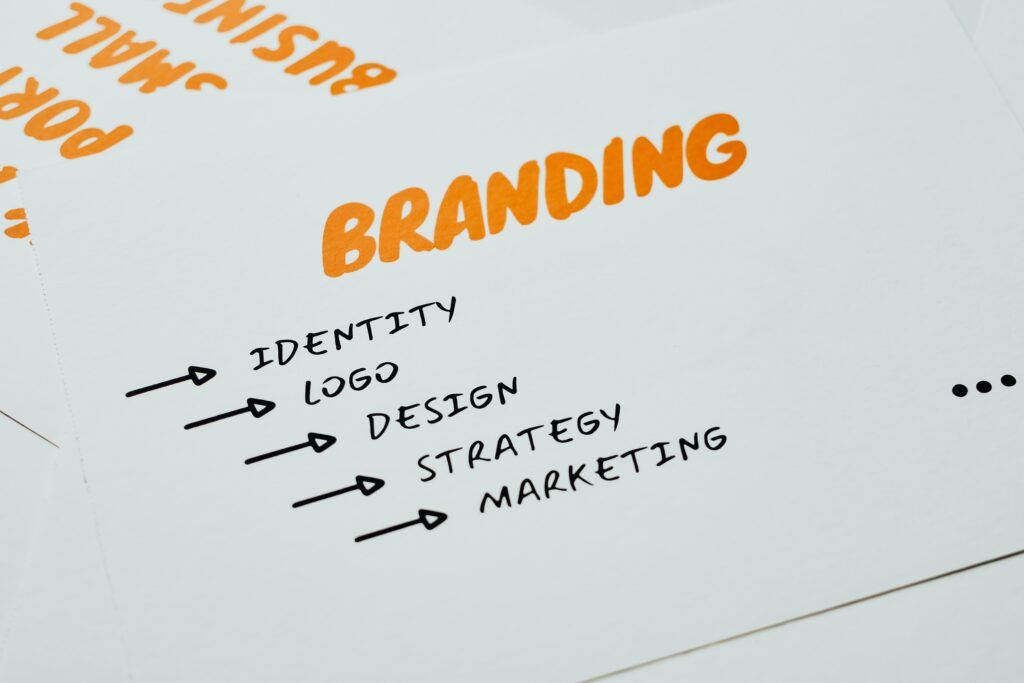Are you thinking of rebranding your business? Perhaps your logo no longer inspires you, or you don’t think it reflects your business’ principles, or perhaps your company is expanding into new domains like new products or locations. Then it might be time to rebrand with a new logo!
The good news is that rebranding isn’t a bad thing; in fact, it’s a wonderful idea! Most successful businesses, from startups to Fortune 500 corporations, do it. A rebrand usually indicates that the organization has progressed beyond its prior identity and is now ready to take on new challenges. When you successfully rebrand your company, it’s an excellent way to improve its exposure and image in the eyes of your clients.
What Is Rebranding

Rebranding is a marketing approach that can involve creating a new name, logo, trademark, and related visual assets such as marketing campaigns to transform a company’s brand identity or organization. It doesn’t always involve all these aspects but usually incorporates one or two. Rebranding is intended to establish a fresh and distinct brand identity in the minds of customers, prospects, investors, competitors, employees, and the public in general.
What your organization does and how it does it are both communicated through your brand. Both the business name and the logo are important elements for any company. Therefore they must be distinct and powerful. A strong brand develops trust and reliability with potential customers and clients.
The Road to Successful Rebranding
It’s not easy to tell a brand story that is valuable to your company and relates to your target audience at the same time. However, if you are a small or a medium-sized business owner, we’ve compiled five important tips to help you successfully rebrand your company.
1. Start by defining your mission, vision, and values

If your organization doesn’t already have a mission, vision, and set of values, now is a good time to gather the team and develop these important key elements. Always keep them in front of you and refer to them frequently to verify that your branding decisions are consistent with your fundamental values.
2. Evaluate your target market and audience

You’ve done a lot of market research, including focus groups and data analysis, and you’ve discovered something unexpected: your consumers aren’t who you thought they were. Maybe it’s an audience you never expected to connect with. Furthermore, perhaps a new competitor has entered the market and is directly competing with your goods or services – and you have the data to back it up.
Evaluate who is actually purchasing from you, as well as who they are purchasing from instead of you. When you compare this to your intended target market and audience, you may notice some significant discrepancies. You are ready to begin rebranding your business to build relationships with customers once you’ve determined your target market and audience and beat your competitors.
3. Rename your business (if needed)

Changing your company’s name is a big challenge that might cost you both brand recognition and organic search traffic all at once. So, if you are changing your organization’s name to rebrand successfully, make sure your post-rebrand strategy includes a recovery plan.
Overall, if your name still fits, keeping it is the best way to proceed. However, if your existing name does not correspond to your company’s identity, it may be time to start over.
4. Revise your company’s tagline
A good tagline is appealing, and it expresses the mission and vision of your business. It’s a shortened version of your company’s mission statement. Gather your team to see if the current tagline is truly engaging. If it isn’t, these starting points can help you come up with new tagline ideas:
- Make a statement
- Let your imagination run wild
- Make use of poetic language
- Provide instructions
- Leverage labels
- Compliment your customers
5. Rebuild your brand’s image with a new logo

When you consider a rebrand, it could mean that the current branding imagery you have has been in use for years. This means you’ve had lots of time to examine their benefits and drawbacks before deciding to replace them. So should you rebrand with a new logo? The experts agree that it depends on how much of a change your brand is going through. But a new logo is the most obvious way to change your audience that you’re an evolving brand.
You may want to utilize a logo maker to remodel your logo, change the colors in your marketing materials, or even develop new brand guidelines. If you’re looking to remodel your logo design, going down to the nitty-gritty of what makes an excellent logo will help you make it right this time. These basics include:
- Stay simple
- Make an impression
- Be creative
- Make it decent
- Consider the long term
- Keep the channels of communication open
Don’t have time to design? Check out these editable templates:
Decorative Flower Boutique Logo
This decorative flower boutique logo expresses the beauty and sophistication of your brand. With a vivid visual of a flower, this logo design conveys the essence of business. The name of the company is written in a beautiful font that radiates simplicity and purity. Overall, it’s an ideal logo design for a florist.

Modern Fashion Boutique Logo
If you’re in the fashion design business, this one’s for you. The logo is designed in a gold and pink color palette that is both captivating and soothing. In addition, the font selection strikes a balance between a stylish and professional appearance.
Leather Company Logo
Check out this distinct and simple leather company logo perfect for your when you rebrand with a new logo. It has a modern design with a color scheme of brown expressing your company’s image.

Chic & Elegant Restaurant Logo
On the other hand, if you’re rebranding your restaurant business, have a look at this chic and elegant restaurant logo. To highlight your company’s name, the logo template includes a border around it. It’s straightforward and modern, but it’s unique enough to set you apart from your competitors.
Vacation Agency Logo
To pique the target audience’s interest, this logo is purposely modest, combining monochromatic color choices and a minimalist style. Its simplicity also radiates elegance, which is important when you rebrand with a new logo.




